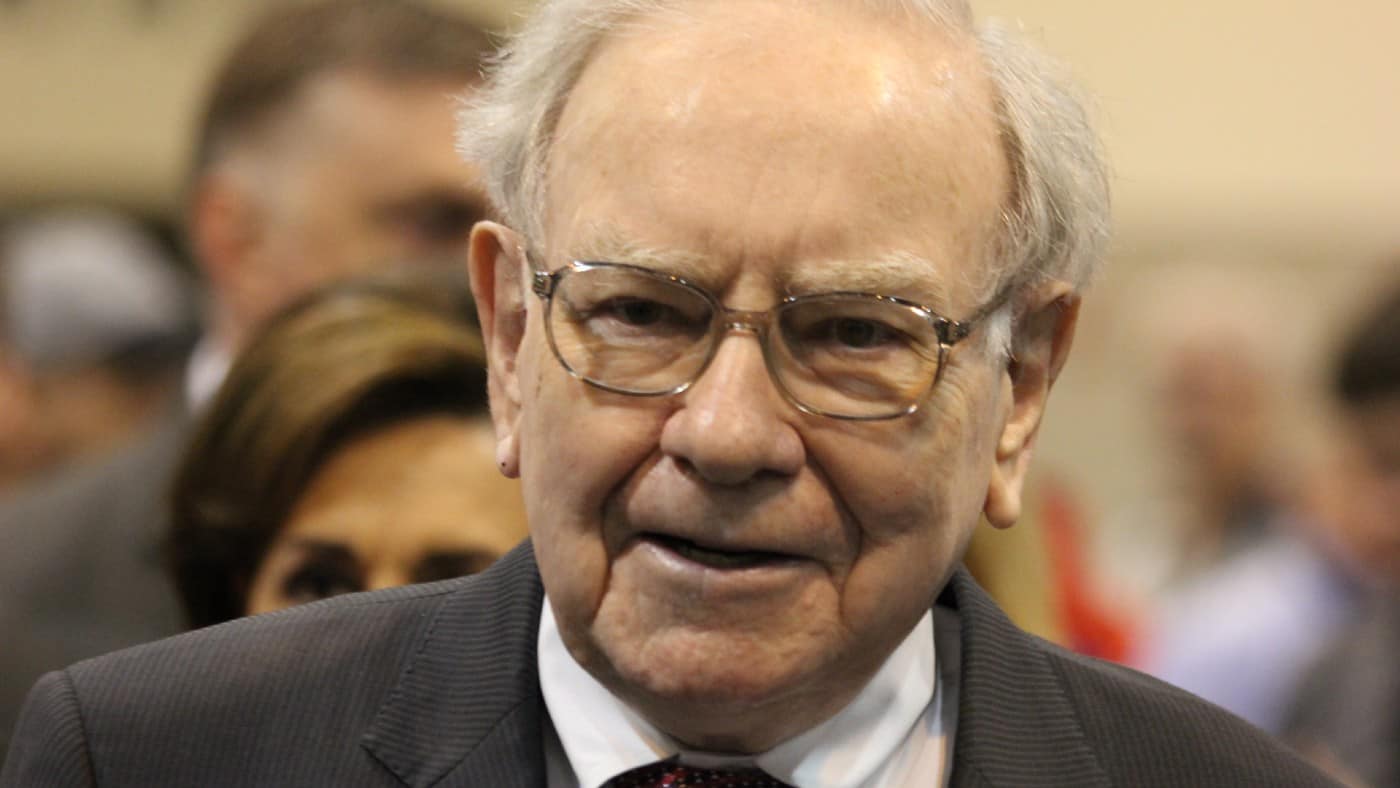One of the greatest stock market leaders alive today is billionaire investor Warren Buffett. Known for his value investing approach, the ‘Oracle of Omaha’ has delivered staggering returns since his journey began in 1942. And while he hasn’t beaten the market every year, his average annualised return stands at just under 20% over the long run.
That’s basically double what the stock market has achieved over the same period. So how did he do it? And how can new investors in their 30s use his strategy to increase their long-term wealth? Let’s explore.
The big secret
Earlier this year, Buffett published his famous annual letter to Berkshire Hathaway shareholders. And in it was a section titled ‘The Secret Sauce‘, where he finally spilt the beans on how his investment firm generated most of its success.
The answer: dividends.
While there are many aspects to the investing process at Berkshire, it seems the bulk of the portfolio has grown from dividend-paying companies. However, it hasn’t been from the ones with the highest yield or the longest track record but rather from the firms that have had the capacity to consistently increase shareholder payouts for decades.
In 1988, Buffett invested in Coca-Cola, earning a yield of around 4.5% at the time, following the 1987 stock market crash. Since then, the soft-drinks business has grown into an international titan, selling billions of bottles each day, enabling management to substantially increase shareholder dividends.
In 2022, Berkshire Hathaway received $704m in dividends from Coca-Cola alone. And when compared to the roughly $1.3bn originally invested, the initial 4.5% yield has since climbed to a staggering 54.2%!
In other words, so long as Coca-Cola maintains its current payout, Buffett will continue to earn a 54.2% return each year on that position, even if the share price remains stable. And this is just one of several companies within his portfolio that have substantially grown payouts over the years.
Finding the next Coca-Cola
Following this secret sauce, all a 35-year-old investor needs to do is find a stock that can deliver similar dividend growth as Coca-Cola has. Doing this, building a retirement fund becomes a piece of cake. Of course, that’s far easier said than done.
Spotting which companies will become dividend aristocrats or even kings isn’t straightforward. However, one major characteristic all these firms share is resilient free cash flow.
Dividends are optional payments for businesses funded by free cash flow. That’s why when times are tough, shareholder payouts often end up getting delayed or even outright cancelled since there isn’t sufficient free cash flow to support them.
There are obviously other factors to consider, such as financial health, business strategy, management talent and valuation. However, by filtering out companies with low free cash flow margins (free cash flow divided by revenue), the list of candidate stocks can be whittled down significantly.








